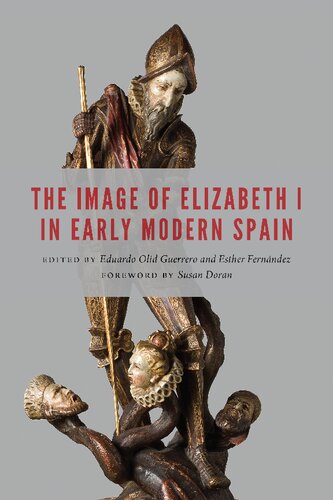

Most ebook files are in PDF format, so you can easily read them using various software such as Foxit Reader or directly on the Google Chrome browser.
Some ebook files are released by publishers in other formats such as .awz, .mobi, .epub, .fb2, etc. You may need to install specific software to read these formats on mobile/PC, such as Calibre.
Please read the tutorial at this link: https://ebookbell.com/faq
We offer FREE conversion to the popular formats you request; however, this may take some time. Therefore, right after payment, please email us, and we will try to provide the service as quickly as possible.
For some exceptional file formats or broken links (if any), please refrain from opening any disputes. Instead, email us first, and we will try to assist within a maximum of 6 hours.
EbookBell Team

4.4
42 reviewsQueen Elizabeth I was an iconic figure in England during her reign, with many contemporary English portraits and literary works extolling her virtue and political acumen. In Spain, however, her image was markedly different. While few Spanish fictional or historical writings focus primarily on Elizabeth, numerous works either allude to her or incorporate her as a character.
The Image of Elizabeth I in Early Modern Spain explores the fictionalized, historical, and visual representations of Elizabeth I and their impact on the Spanish collective imagination. Drawing on works by Miguel de Cervantes, Lope de Vega, Pedro de Ribadeneira, Luis de Góngora, Cristóbal de Virués, Antonio Coello, and Calderón de la Barca, among others, the contributors to this volume limn contradictory assessments of Elizabeth’s physical appearance, private life, personality, and reign. In doing so they articulate the various and sometimes conflicting ways in which the Tudor monarch became both the primary figure in English propaganda efforts against Spain and a central part of the Spanish political agenda.
This edited volume revives and questions the image of Elizabeth I in early modern Spain as a means of exploring how the queen’s persona, as mediated by its Spanish reception, has shaped the ways in which we understand Anglo-Spanish relations during a critical era for both kingdoms.